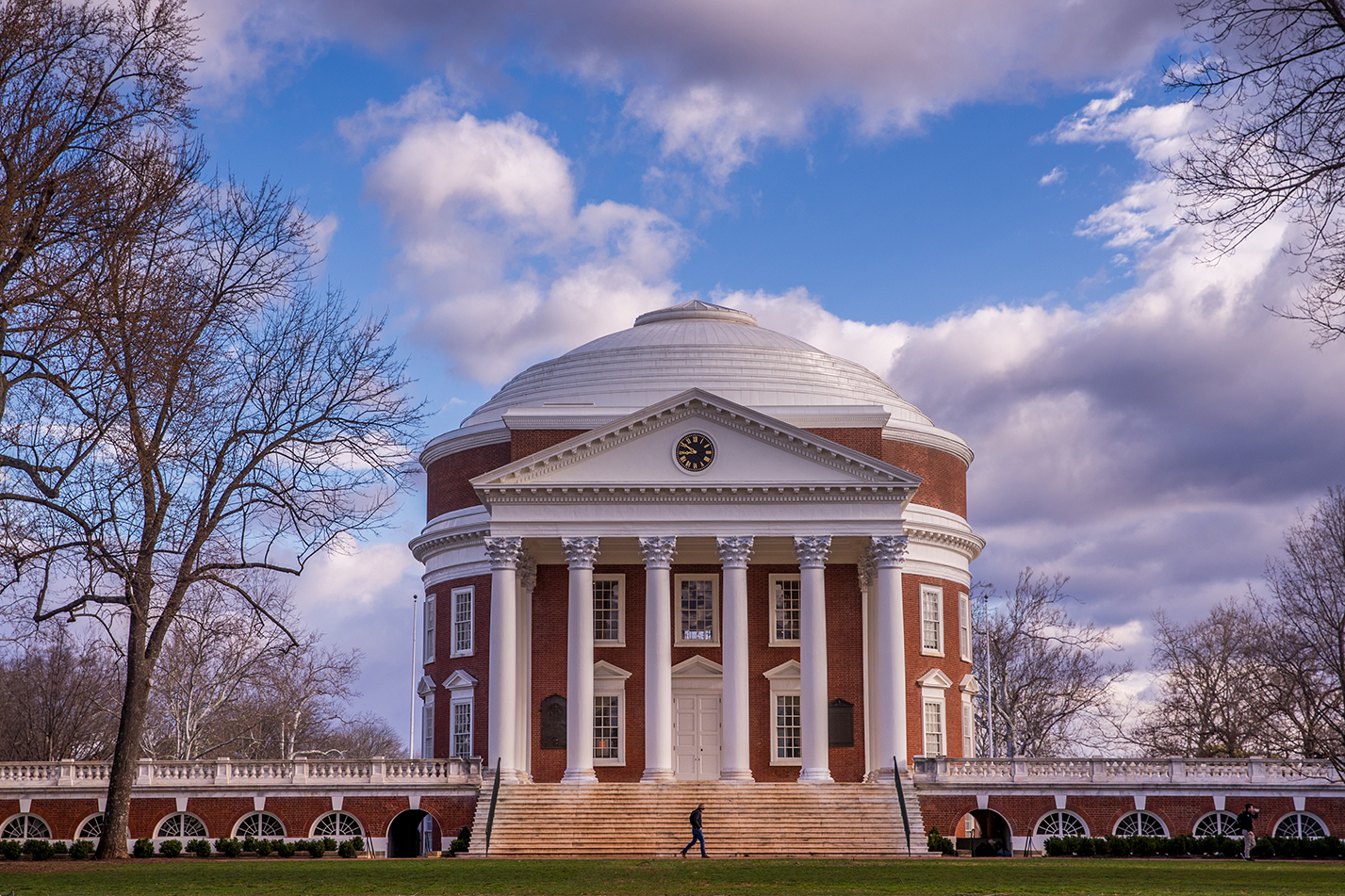
Instructor:
How far is the moon? How fast is a runner? How big is the Earth? How many people have covid-19? How much did it cost to build a bridge? Our modern world is awash in measurements. Measurement is one of the pillars of science, engineering, medicine, and the social sciences; without measurements, those fields would be theory and conjecture without supporting evidence.
To understand the past and present meaningfully, and to predict rather than guess the future, we need to measure things. But what makes something measurable? How do you decide what is a meaningful and worthwhile measurement, how do you make that measurement, and what can you do with that measurement once you have it? What are the potential consequences of imperfect, inaccurate, or misunderstood measurements? What are the ethical limits to measurement?
In this class, we will consider measurements that shaped our past, such as those of Copernicus, Franklin (Benjamin and Rosalind), Edwin Hubble, and the Wright brothers and measurements that affect our present and future, such as those by LIGO (gravity waves) and by the many organizations focused on the coronavirus. We will even plan, perform, and analyze our own measurements. Through this adventure, we will look at how measurements are made, how they are used, their implications and outcomes, and the social, ethical, financial, and political contexts in which they occur.
